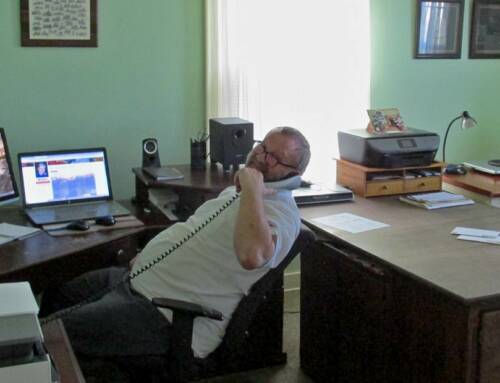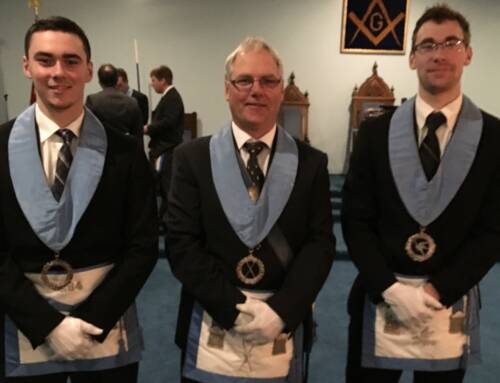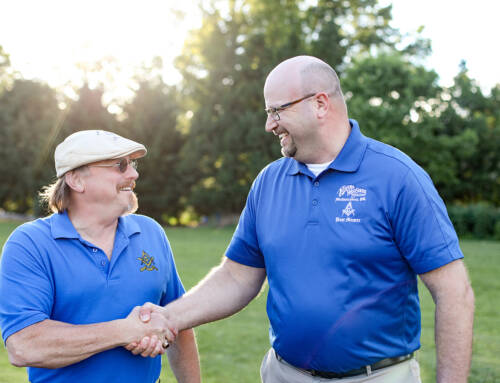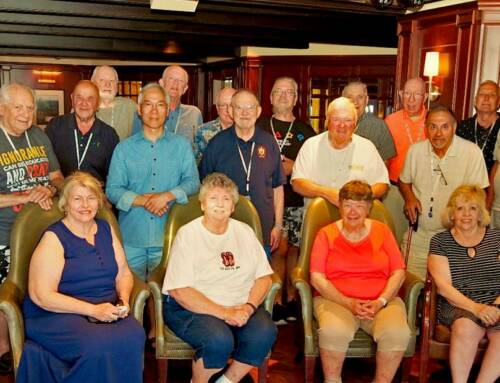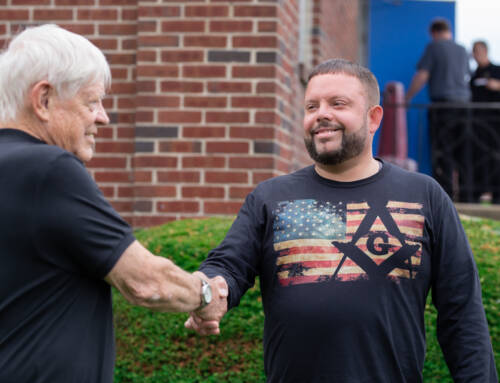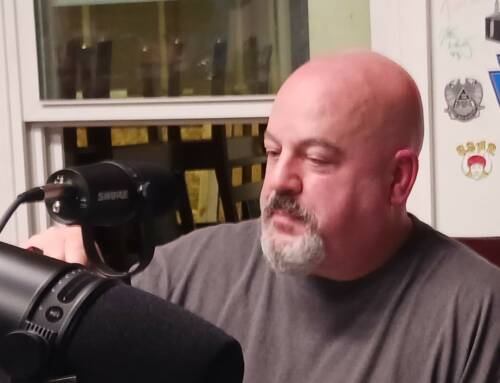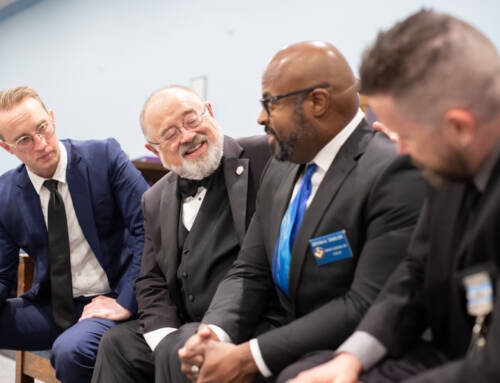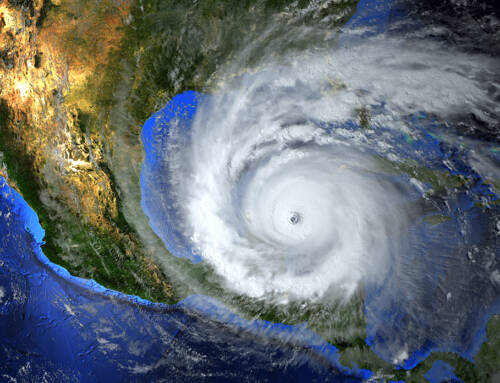Freemasons Connect with Civil War
Credit: Bro. Lee Edgar, Bethel Lodge No. 319 A.F.&A.M. – Garner, IA & Ft. Hunt-Skidmore Daytime Lodge No. 353 A.F.&A.M. – Springfield, VA
In the above photograph, Union soldiers are assembled at the McLean House in Appomattox, Virginia on April 10, 2015 to commemorate the Sesquicentennial (150 years) of Confederate General Robert E. Lee’s surrender to Union General Ulysses S. Grant. These notable Civil War reenactors, calling from north to south, each share one thing in common – they are all brother Masons – with many of them hailing from Pennsylvania Lodges.
Coincidentally, but not insignificantly, three days following Lee’s surrender to Grant on April 9, 1865, Union and Confederate armies convened again at Appomattox Courthouse, under the respective charges of Gen. Joshua L. Chamberlain (United Lodge No. 8 A.F. & A.M., Brunswick, Maine) and Gen. John B. Gordon (Gate City Lodge No. 2 F. & A.M., Atlanta, Georgia) for a formal surrender ceremony effectively ending the war in Virginia. In what was one of the most dramatic and memorable moments of the Civil War, Chamberlain ordered his Union soldiers to salute Gordon’s defeated Confederate soldiers as they passed through the Union line. Gordon, surprised and stirred by similar emotion, immediately responded and ordered his men to return the salute. Described later by Chamberlain as ‘honor answering honor’, these commands by Masons were acts of brotherly love which set the stage for reconciliation, and would be the first to heal the wounds of a nation that had spent four years and more than 618,000 lives in civil war.
It is fitting therefore that in 2015 these brethren elected to pass briefly from labor to refreshment for the purpose of exchanging brotherly friendship and documenting the Masonic significance of their participation in this historic event. Arranging for this photograph required considerable coordination as it pulled reenactors from a full schedule of engagements across the 1,774 acre National Historical Park; however, the photograph was as much a priority for them as it was for the photographer, Lee Edgar, a 7th generation Mason, who hails from Iowa and attended the event with his little boy, Grant Edgar.
The fields of Appomattox were not the only soil to witness acts of compassion between Masonic brothers. The Friend to Friend Masonic Memorial at Pennsylvania’s own Gettysburg Battlefield depicts the “Armistead-Bingham incident’ in which Union Army Captain Henry H. Bingham assisted mortally-wounded Confederate Brigadier General Lewis A. Armistead. There are arguably numerous such examples, both recorded and lost to time. Though the above photograph is not inclusive of all Freemasons who contributed to the Sesquicentennial event at Appomattox, it is a fine representation of Freemasonry in America – a Brotherhood which stood then and stands now Undivided.
Brethren in the photograph are as follows (L-R):
- Maj.-Gen. Philip Sheridan, portrayed by Michael Seeley – Winter Park Lodge No. 239 F.&A.M., Winter Park, Florida.
- Pvt. Joseph Rupp, portrayed by Joseph Rupp, PM – Seneca Lodge No. 805 F.&.A.M., Kittanning, Pennsylvania.
- Cpl. Joseph McShane, portrayed by Joseph McShane – Seneca Lodge No. 805 F.&A.M., Kittanning, Pennsylvania.
- Brig.-Gen. John A. Rawlins, portrayed by Daniel Moran – Patmos Lodge No. 348 F.&A.M., Hanover, Pennsylvania.
- Pvt. Timothy Nupp, portrayed by Timothy Nupp – Indiana-Franklin Lodge No. 313 F.&A.M., Indiana, Pennsylvania.
- Lt.-Gen. Ulysses S. Grant, portrayed by Dr. Curt Fields – Rockvale Lodge No. 413 F.&A.M., Rockvale, Tennessee.
- Maj.-Gen Andrew Humphreys, portrayed by Richard Weil – Acacia Lodge No. 586 F.&A.M., Waynesboro, Pennsylvania.
- Dr. Col. Thomas McParlin, portrayed by John L. Warsing, PM – Moshannon No. 391 F.&A.M., Philipsburg, Pennsylvania.
- Lt.-Col. Horace Porter, portrayed by Mike Reetz, Gettysburg, Pennsylvania.
Photograph and article by Lee E. Edgar, Ft. Hunt-Skidmore Daytime No. 353, Springfield, Virginia.


